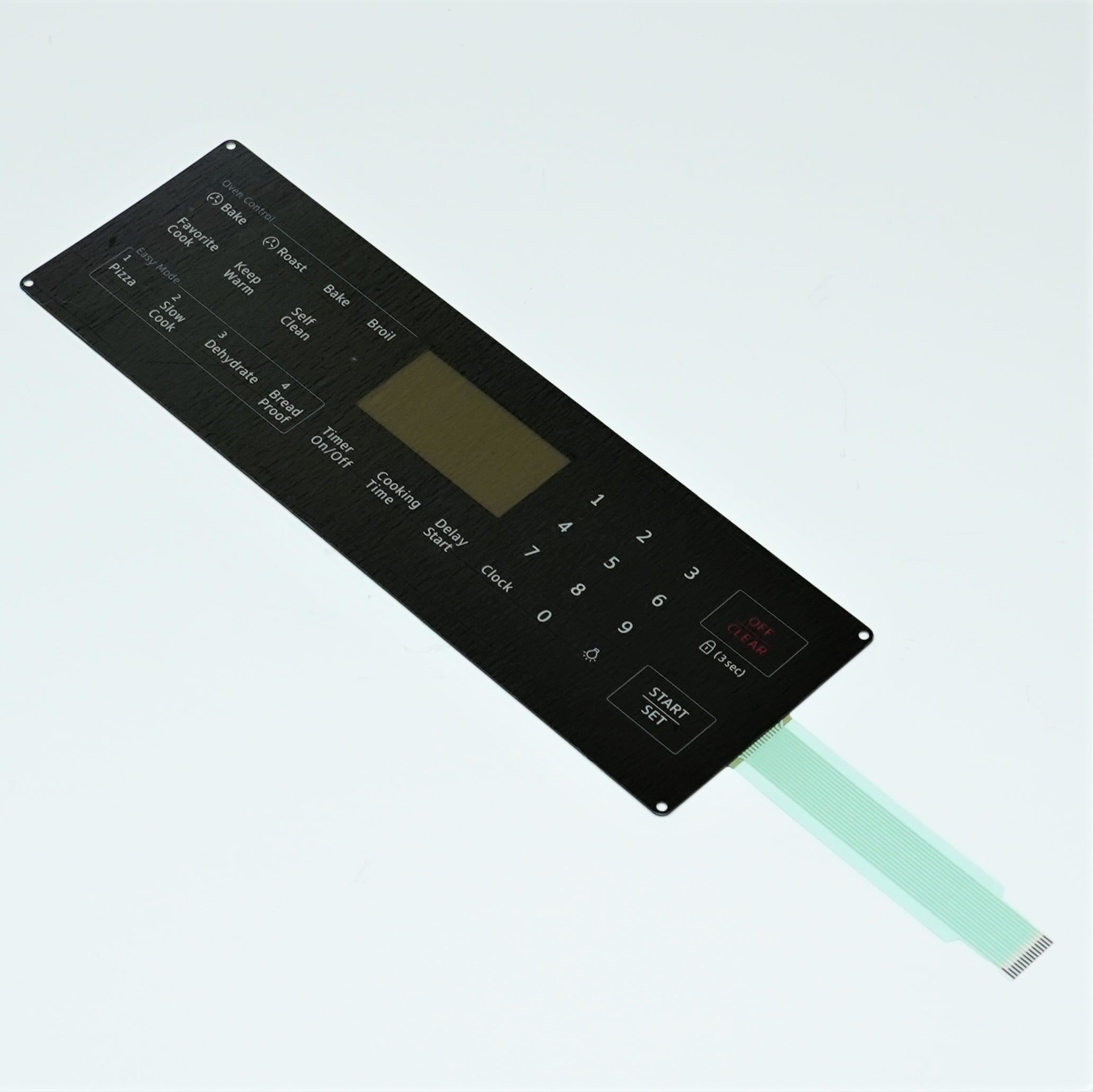Choosing the Right Membrane Switch for Your Business Needs
Choosing the Right Membrane Switch for Your Business Needs
Blog Article
Comprehending Membrane Switches Over: The Secret to Durable and Dependable Controls

What Are Membrane Switches?
Membrane switches are an innovative remedy in the realm of individual interface technology, incorporating performance and design effortlessly. These gadgets act as an interface between customers and electronic systems, integrating several parts into a compact layout. Usually built from adaptable, thin layers of materials, membrane layer buttons are created to react to touch, enabling users to connect with equipment and electronic gadgets successfully.
The primary components of a membrane switch consist of a published circuit layer, visuals overlay, and a spacer layer that prevents unexpected activation. The visuals overlay can be tailored to reflect brand name identity or user choices, improving appearances while making sure use. Membrane buttons are commonly used in various applications, including clinical gadgets, customer electronics, and commercial tools, owing to their resilience and resistance to environmental elements such as moisture and dirt.
Among the essential advantages of membrane layer switches is their capacity to hold up against wear and tear, making them ideal for high-traffic environments. Furthermore, they are lightweight and call for marginal area, enabling innovative styles in product development. In general, membrane layer switches stand for a useful and efficient option for contemporary electronic user interfaces, marrying modern technology with user-centric style concepts.
Just How Membrane Switches Over Job
The operation of membrane switches rest on an easy yet efficient mechanism that equates individual input right into electronic signals. These switches consist of several layers, normally including a visuals overlay, a spacer layer, and a circuit layer. When a customer presses the switch, the leading layer warps, allowing a conductive aspect in the circuit layer to make contact with an equivalent conductive pad on the bottom of the graphic overlay. This contact shuts the circuit and sends an electronic signal to the gadget, showing that the switch has actually been activated.
The layout of membrane layer buttons can differ, yet they typically incorporate domes or tactile elements to give comments to the individual, improving the total experience - membrane switch. The materials utilized in membrane layer switches, such as polyester or polycarbonate, contribute to their sturdiness and resistance to environmental aspects, including dampness and dirt. Furthermore, the published circuits are generally encapsulated, which protects them from wear and tear gradually.
Advantages of Membrane Switches

In addition, membrane layer switches are understood for their sturdiness. Built from durable products, they are resistant to dust, dampness, and physical wear, which substantially prolongs their life expectancy contrasted to standard mechanical buttons. This durability makes them specifically appropriate for high-traffic atmospheres and applications needing long life.
One more considerable benefit is the simplicity of cleansing and maintenance. The smooth surface area of membrane changes decreases dust build-up and is typically impervious to spills, making them perfect for setups that require regular sanitization.
Furthermore, membrane layer switches provide a structured profile, causing a thinner layout that can be incorporated right into numerous tools without adding bulk. This feature not only improves the visual charm however additionally adds to an extra ergonomic item style.
Applications of Membrane Switches
Straightforward and versatile, membrane switches locate applications across a wide array of markets, consisting of medical devices, consumer electronic devices, and commercial tools. In the clinical area, these switches are indispensable to devices such as analysis equipment, person monitoring systems, and mixture pumps, where dependability and simplicity of cleaning are critical. Their ability to stand up to harsh settings and preserve capability makes them excellent for such applications.

In customer electronics, membrane switches are used in items like microwaves, washing machines, and push-button controls - membrane switch. Their smooth find out here now layout permits intuitive user interfaces, enhancing the total individual experience while providing sturdiness and resistance to wear and tear
Industrial equipment likewise benefits from membrane buttons, especially in control panels for equipment and automation systems. These buttons provide defense versus dust and wetness, making certain regular efficiency in challenging atmospheres. Furthermore, their adjustable attributes allow producers to tailor them to particular operational needs, boosting efficiency and capability.
Selecting the Right Membrane Layer Switch Over
When selecting a membrane switch, it is necessary to think about different elements that affect efficiency and suitability for certain applications. The key considerations consist of ecological conditions, tactile comments, sturdiness, and layout requirements.
First, analyze the operating atmosphere; switches revealed to wetness, chemicals, or severe temperature levels require certain products to guarantee durability and functionality. Next off, evaluate the demand for tactile comments. Depending upon user interaction, some applications might gain from a tactile action to validate activation, while others may favor a non-tactile layout for visual reasons.
Resilience is another critical element; membrane layer buttons must be designed to withstand constant use, impacts, and abrasion. Ensure the picked switch can sustain the anticipated lifecycle, specifically in high-usage circumstances.

Final Thought
In verdict, membrane layer switches serve as necessary components in the design of resilient and trusted control systems throughout different markets. The versatility of membrane layer switches allows for tailored options that satisfy particular operational needs, enhancing their value in modern-day technology.
Membrane changes stand for a crucial element of contemporary interface style, mixing capability with durability in different applications.Membrane layer buttons are an innovative option in the realm of user interface innovation, integrating capability and layout seamlessly. Normally constructed from flexible, thin layers of products, membrane buttons are designed to react to touch, allowing users to connect with equipment and electronic devices efficiently.
The style of membrane buttons can differ, yet they frequently incorporate domes or responsive elements to supply feedback to the customer, enhancing the general experience.In conclusion, membrane switches over offer as necessary elements in the layout of reputable and long lasting control systems across different industries.
Report this page